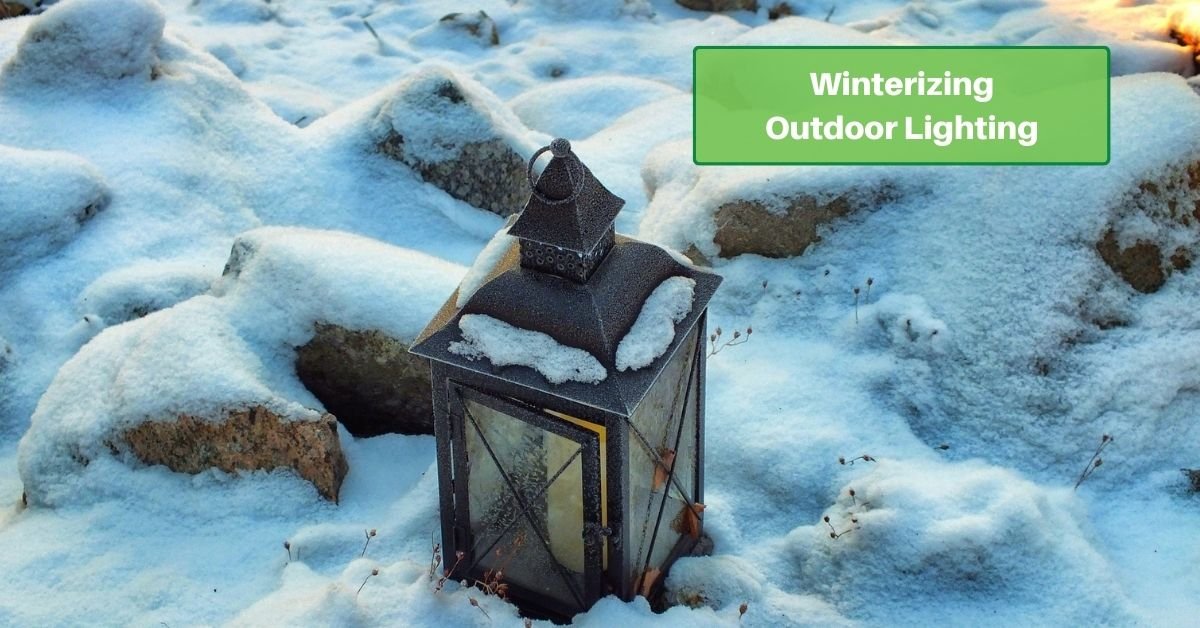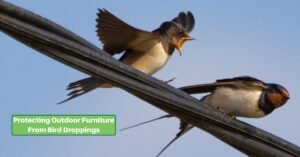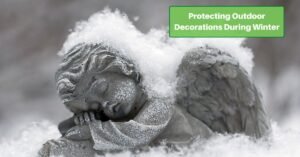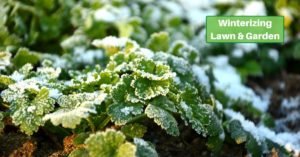Preparing your home for the colder months becomes a priority when the days shorten and temperatures begin to drop. Among the many tasks to consider, winterizing your outdoor lighting is crucial to extend the lifespan of your fixtures and ensure safety and efficiency throughout the winter season.
Outdoor lighting faces unique challenges during winter, including moisture, freezing temperatures, and damage from wind and ice. This guide will walk you through the essential steps to protect and maintain your outdoor lighting during these colder months.
Inspecting Outdoor Lighting
The first step in winterizing your outdoor lighting is a thorough inspection. Begin by examining all outdoor fixtures, bulbs, and wiring for signs of wear or damage. Look for exposed wires, cracked lenses, or any signs of water intrusion, which can lead to short circuits or other electrical hazards. Make a note of burnt-out bulbs so you can replace them and any loose fixtures so you can come back and secure them.
As you work on these tasks, take safety precautions, especially when climbing a ladder to reach fixtures!
Cleaning Fixtures and Bulbs
After inspection, the next step is cleaning. Over the year, outdoor lighting fixtures can accumulate a significant amount of debris, dirt, and grime, which can obscure light output and diminish the aesthetic appeal of your home.
To ensure safety, turn off the power to your lights before starting any cleaning. Use a soft cloth and a mild, non-abrasive cleaner to wipe down fixtures and bulbs. A mixture of water and vinegar can effectively remove buildup without damaging glass components.
Checking and Replacing Bulbs
With your fixtures clean, address any bulbs that need replacement. Winter is an ideal time to switch to energy-efficient, weather-rated bulbs if you haven’t already. LED bulbs are excellent for outdoor lighting, offering long life spans and resistance to cold temperatures. They also consume significantly less energy than traditional bulbs, making them a cost-effective choice for the increased usage that comes with longer nights.
Securing Loose Fixtures
Winter storms and winds can loosen outdoor lighting fixtures, leading to potential damage or electrical risks. Ensure that all fixtures are securely attached to their mounts. Tighten any loose screws and ensure that posts or stakes used for garden lights are firmly planted in the ground. This helps protect the fixtures and ensures that your lighting continues illuminating the intended areas without obstruction.
Waterproofing and Moisture Prevention
Moisture is a persistent threat to outdoor lighting, especially in regions where winter brings snow and rain. Check the seals on all fixtures to ensure they’re intact, and consider applying additional waterproof sealants where necessary.
Waterproof covers can offer additional protection for fixtures exposed to the elements. Ensure that drainage holes are clear to prevent water from accumulating inside fixtures.
Adjusting for Shorter Days
As days become shorter in the fall, adjusting the timer settings on your outdoor lighting becomes crucial to ensure your home is well-lit during the early evenings and nights. Modern lighting systems often come equipped with programmable timers or light sensors that automatically adjust based on daylight.
Review these settings to match the changing conditions, ensuring your lights turn on as darkness falls and off when daylight returns. This enhances your home’s safety and security and contributes to energy conservation.
Protecting Against Snow and Ice
If you live where snow and ice are common, safeguarding your outdoor lighting from direct accumulation is vital. Heavy snowfall can cover lights, diminishing their effectiveness, and ice can damage fixtures and bulbs.
Consider the placement of ground lights to ensure they’re not directly in the path where snow will be shoveled or plowed. For fixtures susceptible to overhead accumulation, regularly brush off snow and gently remove ice formations to prevent damage. Protective covers can also shield lights from direct snow and ice contact.
Energy Efficiency During Winter
Winterizing your outdoor lighting isn’t just about protection; it’s also an opportunity to optimize for energy efficiency. Shorter days and longer nights mean your lights will be used more frequently, potentially leading to higher energy consumption.
If you haven’t already, transitioning to LED lighting can significantly reduce energy usage without sacrificing brightness or coverage. Additionally, consider integrating solar-powered lights where feasible. While their performance can vary based on sunlight availability, solar lights can offset some energy costs, especially in well-exposed areas.
Professional Maintenance and Upgrades
Sometimes, the best approach to winterizing your outdoor lighting involves professional intervention, especially if you have complex systems or want to upgrade to more durable, efficient options. Professional lighting technicians can also offer maintenance services, ensuring your system is in top condition and recommending upgrades suited to your needs and climate conditions. Upgrades include installing weather-resistant fixtures, integrating smart lighting controls for better energy management, or transitioning entirely to LED or solar-powered systems.
Winterizing your outdoor lighting is about ensuring safety, enhancing energy efficiency, and preserving your home’s aesthetic appeal during winter. You can enjoy the benefits of a well-lit outdoor space regardless of the season by taking proactive steps to inspect, clean, adjust, and protect your lighting. Regular maintenance, whether performed personally or by professionals, along with strategic upgrades, ensures your lighting system remains resilient against winter’s challenges.
As the winter season approaches, take the time to assess and prepare your outdoor lighting. It can be easy to safeguard your investment, and proper lighting contributes to a welcoming, secure home environment during the year’s darkest months. Careful preparation and ongoing care are the keys to enjoying beautiful, functional outdoor lighting year-round.









